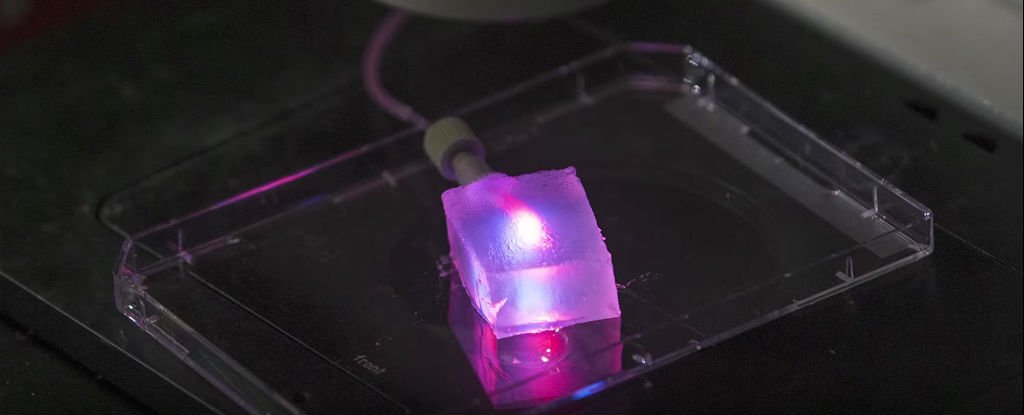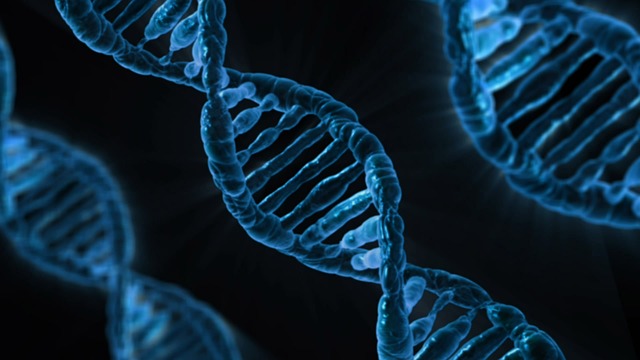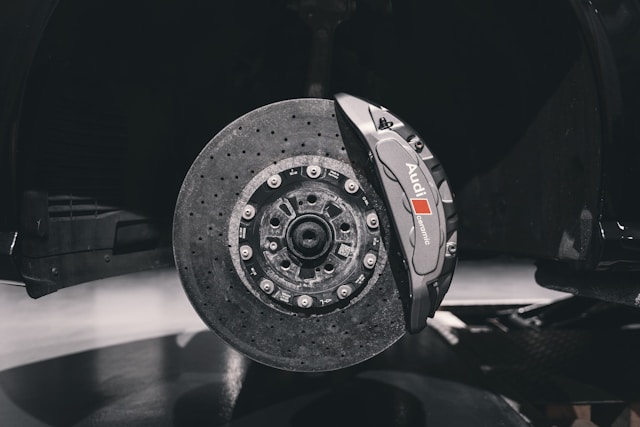Scientists around the world are working to cope with the shortage of transplantable organs by creating artificial ones. They are dreaming of a future in which getting a new organ would be like getting a blood test done.
Scientists from Vanderbilt University have created artificial capillaries. Capillaries are extremely small blood vessels located within the tissues of the body, which transport blood from arteries to veins.
Scientists have modified a cotton candy machine to create the network of extremely small tunnels which are simply too small for current molds to recreate.
How they managed to create these artificial capillaries:
- Researchers first experimented with different materials to find something that can form ultra-thin threads like sugar and which won’t dissolve immediately in water. Researchers discovered that PNIPAM, Poly (N-isopropylacrylamide), doesn’t dissolve unless its temperature drops below 90 degrees Fahrenheit (32 degrees Celsius).
- After that, they created a new, specialized cotton candy machine which can work well with this material. They made the imitation organ with gelatin and human cells. Next, they added an enzyme transglutaminase called ‘meat glue’ to hold all of this together.
- This warm mixture was then poured over the PNIPAM structure and cooled so that the tiny fibers dissolve to form artificial capillaries.
- Those artificial capillaries were then pumped with cells and the nutrients they needed to grow. Leon Bellan, an engineer from Vanderbilt University, reported that after a week, 90 percent of the cells in the tubes were alive and functional.
The team is now looking into ways to use this process to mimic capillaries in various types of tissues. Bellan said, “Our goal is to create a basic ‘toolbox’ that will allow other researchers to use this simple, low-cost approach to create the artificial vasculature needed to sustain artificial livers, kidneys, bone and other organs.”






